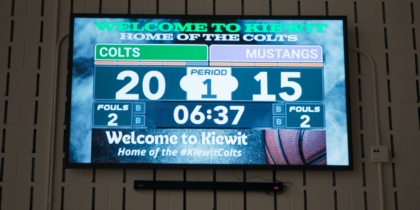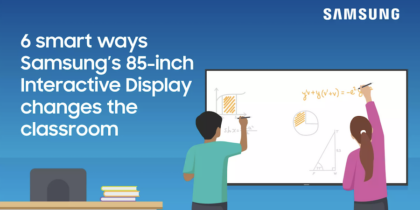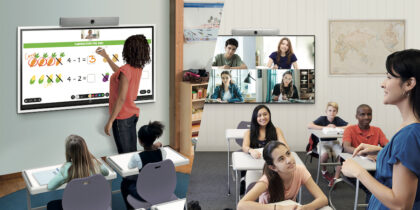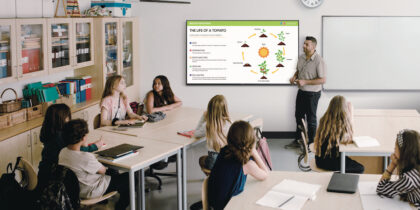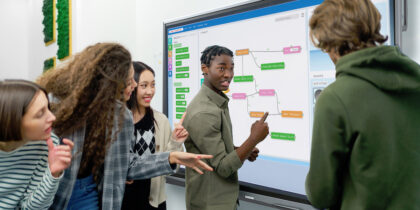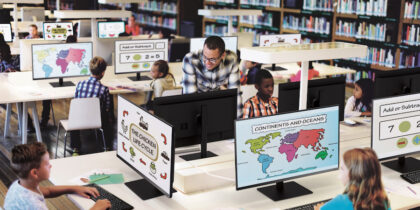Technology holds a special power to build bridges between disparate communities.
We see that today through the power of social media to bring different people across geographic space together in like-minded communities. And in a recent example of technology’s power of connection, two University of Washington sophomores have created a low-cost bridge between the deaf and hearing communities — and were awarded a $10,000 Lemelson-MIT student prize as a result.
Many People Don’t Know American Sign Language
Although many students study foreign language in school, not many study American Sign Language. Typically, a person doesn’t learn ASL unless they experience a catalyzing event, such as a family member who is born with hearing loss or experiences hearing loss later in life. Because of this, it’s challenging for those who are deaf to communicate with those who are hearing unless they can read lips or use an adaptive device.
Many of these adaptive devices translate a hearing person’s speech into text and a deaf person’s text into speech, requiring the deaf person to type information, slowing the flow of the conversation. But technology that translates sign language into text or speech has proven bulky, expensive or hard to use.
Two Students Look for a Better Solution
Thomas Pryor, who is studying astronautical engineering, and Navid Azodi, who is studying business administration and aeronautics, set out to create a better ASL translation system.
The two met in a makerspace at UW when they were freshmen, and became friends as they tinkered and collaboratively solved problems. When they discussed Azodi’s temporary hearing loss as a child and how he and his family had struggled to communicate, they began to come up with the idea for the SignAloud gloves.
The gloves translate the gestures used in ASL into text or speech. They’re lightweight and designed to not interfere with the wearer’s ability to sign fluently. The prototype gloves cost under $100 to make.
Getting Feedback and Refining the Prototype
The SignAloud gloves aren’t perfect, as American Sign Language also incorporates facial expressions, body language and other markers that convey meaning along with the hand gestures. But Azodi and Pryor are working with the deaf community to refine their prototype product into one that will serve both the deaf and hearing communities.
Wearable technology is already making big waves in the healthcare industry, and these gloves could be used in a crisis situation when emergency responders don’t know ASL, as a tool to help hearing people learn ASL, and possibly to help stroke victims as they recover.
Find out more about this project and other Lemelson-MIT winners on the award website.
Technology can also vastly improve the education experience of non-verbal students. Find out here how Lilly, who was diagnosed at a young age with cerebral palsy, is using special education technology to make a huge difference, both in and out of the classroom.




